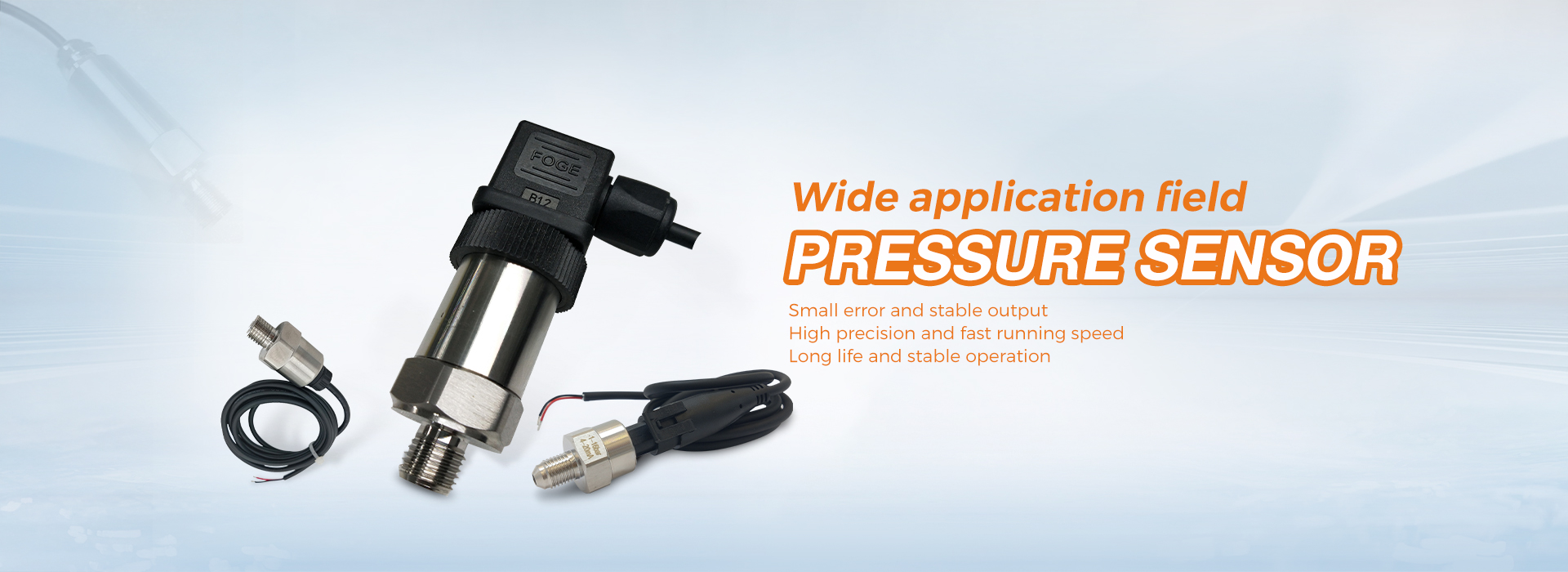Sensors are knowledge-intensive and technology-intensive devices, which are related to many disciplines and have a wide variety of types.In order to master and apply it well, a scientific classification method is needed. Here is a brief introduction to the currently widely used classification method.
First, according to the working mechanism of the sensor, it can be divided into physical type, chemical type, biological type, etc.This course mainly teaches physical sensors.In physical sensors, the basic laws that are the basis of the physics of sensor work include the law of field, the law of matter, the law of conservation, and the law of statistics.
Second, according to the principle of composition, it can be divided into two categories: structural type and physical type.
Structural sensors are based on the laws of field in physics, including the laws of motion of dynamic fields and the laws of electromagnetic fields.The laws in physics are generally given by equations.For sensors, these equations are the mathematical models of many sensors at work.The characteristic of this type of sensor is that the working principle of the sensor is based on the change of the field caused by the change of the relative position of the components in the sensor, rather than the change of the material properties.
Physical property sensors are constructed based on the laws of matter, such as Hooke’s law and Ohm’s law.The law of matter is a law that expresses certain objective properties of matter. Most of these laws are given in the form of constants of the substance itself. The size of these constants determines the main performance of the sensor. Therefore, the performance of physical property sensors varies with different materials.For example, the photoelectric tube is a physical sensor, which uses the external photoelectric effect in the law of matter. Obviously, its characteristics are closely related to the material coated on the electrode.For another example, all semiconductor sensors, as well as all sensors that use changes in the properties of metals, semiconductors, ceramics, alloys, etc., caused by various environmental changes, are all physical sensors. In addition, there are also sensors based on conservation laws and statistical laws, but they are relatively few. less.
Third, according to the energy conversion of the sensor, it can be divided into two categories: energy control type and energy conversion type.
Energy control type sensor, in the process of information change, its energy needs external power supply. Such as resistance, inductance, capacitance and other circuit parameter sensors belong to this category of sensors.Sensors based on strain resistance effect, magnetoresistance effect, thermal resistance effect, photoelectric effect, Hall effect, etc. also belong to this type of sensor.
The energy conversion sensor is mainly composed of energy conversion elements, and it does not require an external power supply. For example, sensors based on piezoelectric effect, pyroelectric effect, photoelectromotive force effect, etc. are all such sensors.
Fourth, according to physical principles, it can be divided into
1) Electrical parametric sensor. Including three basic forms: resistive, inductive, and capacitive.
2) Magnetoelectric sensor. Including magneto-electric induction type, Hall type, magnetic grid type, etc.
3) Piezoelectric sensor.
4)Photoelectric sensor. Including general photoelectric type, grating type, laser type, photoelectric code disc type, optical fiber type, infrared type, camera type, etc.
5)Pneumatic sensor
6)Pyroelectric sensor.
7) Wave sensor. Including ultrasonic, microwave, etc.
8) Ray sensor.
9) Semiconductor type sensor.
10) Sensors of other principles, etc.
The working principle of some sensors has a composite form of more than two principles. For example, many semiconductor sensors can also be regarded as electric parametric sensors.
Fifth, sensors can be classified according to their purpose, such as displacement sensors, pressure sensors, vibration sensors, temperature sensors, and so on.
In addition, according to whether the sensor output is an analog signal or a digital signal, it can be divided into analog sensors and digital sensors. According to whether the conversion process is reversible, it can be divided into reversible sensors and unidirectional sensors.
Various sensors, due to different principles and structures, different use environments, conditions, and purposes, their technical indicators cannot be the same.But some general requirements are basically the same, including: ① reliability; ② static accuracy; ③ dynamic performance; ④ sensitivity; resolution; ⑥ range; ⑦ anti-interference ability; (⑧ energy consumption; ⑨ cost; Influence of the object, etc.
The requirements for reliability, static accuracy, dynamic performance, and range are self-evident. Sensors achieve the purpose of various technical indicators through detection functions. Many sensors have to work under dynamic conditions, and the whole work cannot be carried out if the accuracy is not enough, the dynamic performance is not good, or the failure occurs.Many sensors are often installed in some systems or equipment. If a sensor fails, it will affect the overall situation. Therefore, the working reliability, static accuracy and dynamic performance of the sensor are the most basic and anti-interference ability is also very important.There will always be interference of this or that kind at the use site, and various unexpected situations will always occur. Therefore, the sensor is required to have the adaptability in this respect, and it should also include the safety of use in harsh environments.The versatility mainly means that the sensor should be used in a variety of different occasions, so as to avoid a design for one application and achieve the goal of getting twice the result with half the effort. Several other requirements are self-explanatory and will not be mentioned here.
Post time: Jan-11-2022



